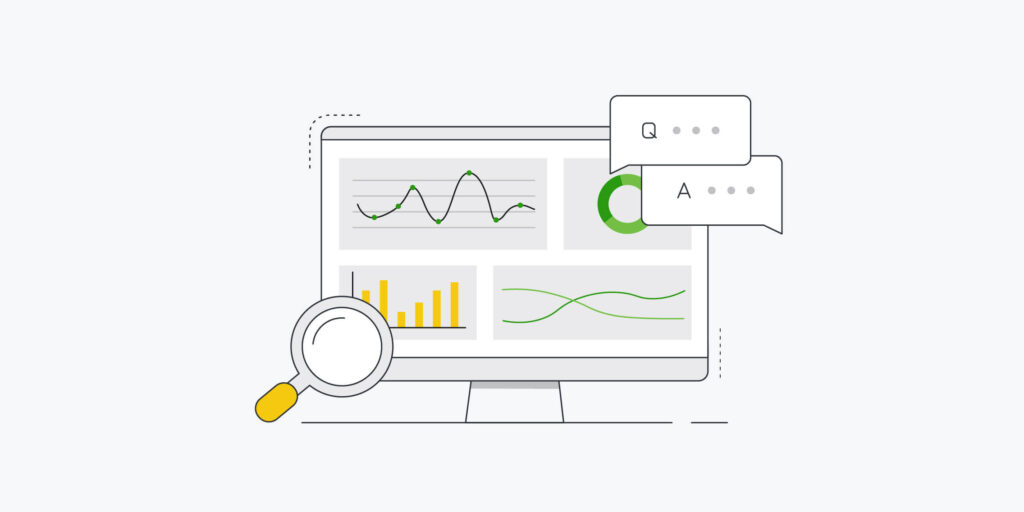If you are developing a digital product like a website and aim to improve the user experience or UX, you can do so using different tools.
According to a recent survey report, the global User Experience (UX) Research Software market size was USD 0.32 billion in 2023, and the market is projected to touch USD 0.94 billion by 2032 at a CAGR of 12.8% during the forecast period.
It has become popular because Improving UX is the key to the development of a successful digital product. You can do so by incorporating different methods to engage the audience and enhance the user experience of a digital product like that of a website.
Actionable Tips for UX Improvement
User experience can be improved by adopting certain strategies. Consider some below-mentioned pointers that can be followed as actionable tips:
- Reduce abandoned carts to minimize friction.
- Streamline accessibility by following web accessibility standards (use testing tools for this).
- Simplify navigation to reduce the trouble and mental efforts of the users of the site.
- Make strong visual language for greater user appeal (this means you must pay full attention to the design part).
- Optimize load time: A user must not wait for long to go to the site. This means your site load time must be optimized.
- Device Optimization: Your digital product must be able to be viewed on different devices like laptops, mobiles, PCs, and tablets.
- Go for user-centric design.
By following these tips, you can certainly improve the UX of your digital product.
Improve UX without Maze: 7 User Research Tools
Maze is a popular tool for creating digital products. However, you can certainly improve the user experience using other tools similar to Maze. This means UX improvement without Maze is possible.
Here are popular user research tools for impeccable UX:
Hubble: It is one of the most popular and effective maze alternatives that ranks among the best digital testing software. It offers an intuitive interface and effective collaboration tools, facilitating the current product team to work even more efficiently.
It is the next-generation digital testing platform that provides seamless test automation and quality assurance besides streamlining testing workflows.
Optimal Workshop: This tool can be used to carry out all research work to develop the digital product as per the specifications laid down by your client. Optimal Workshop tool offers tree testing, card sorting, and almost all other research tools. Such tools can help you to understand user preferences and user behavior.
Lyssna: You should use this alternative tool to Maze to conduct remote user research, conduct sessions, schedule interviews, and analyze customer feedback. Lyssna is quite popular across the world.
LookBack Tool: You can use this as a very useful platform for remote user research, conducting usability testing, and carrying out user interviews. You can gather feedback and gain insights from your users. This is an alternative to Maze.
Discount: This is a research platform particularly useful for mobile-first users. If you want to carry out in-depth user interviews and understand a user’s behavior from its real perspective, dscout will be ideal. This tool can be helpful to understand a user’s preferences.
UXtweak: This is a good user experience research platform. UXtweak can be used to get insights to make data-driven decisions about the digital product you are developing. For website design and developing apps, UXtweak can be very helpful.
Plerdy: You can use this tool for CRO (Conversion Rate Optimization). Plerdy offers a website or site heat map tool, SEO checkers, popup builders, and session recordings. If you want an alternative to Maze, you can opt for Plerdy for self-hosting (alternative).
Hotjar: This platform is very useful and can be used as an alternative to Maze. You can use this as it offers a heat map, session recordings, and analytics. In fact, you can use Hotjar to understand the user’s preferences and behavior fully.
These research tools can enable you to develop a digital product without the use of Maze. In other words, you can use these tools as an alternative to the Maze platform.
Conclusion
Maze alternative tools can serve your various needs and requirements while developing a digital product. Their usefulness ranges from UX testing to feedback and design prototypes to iteration. When you are selecting a tool alternative to Maze, you must keep in mind that they have similar features so that you can meet users’ requirements. Such tools must be capable of accomplishing project-centric tasks.

